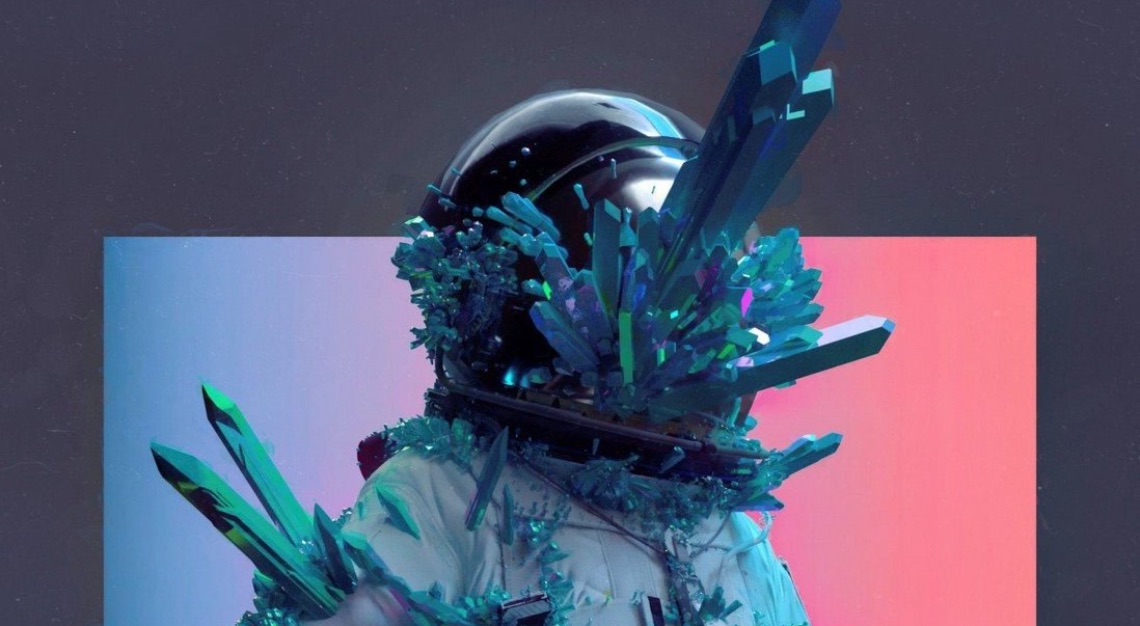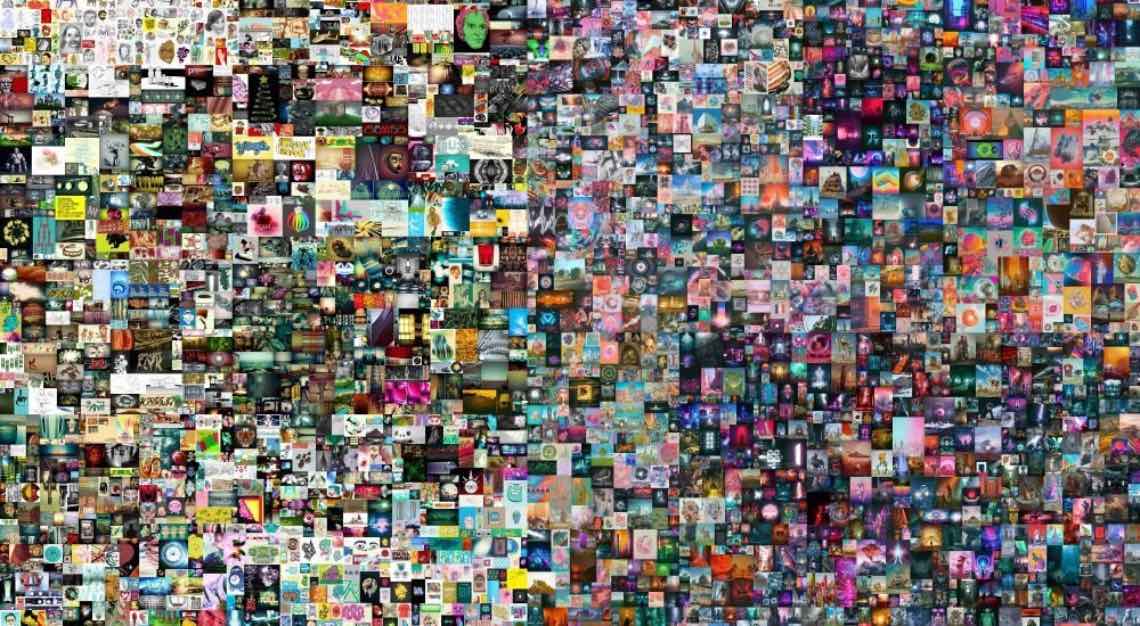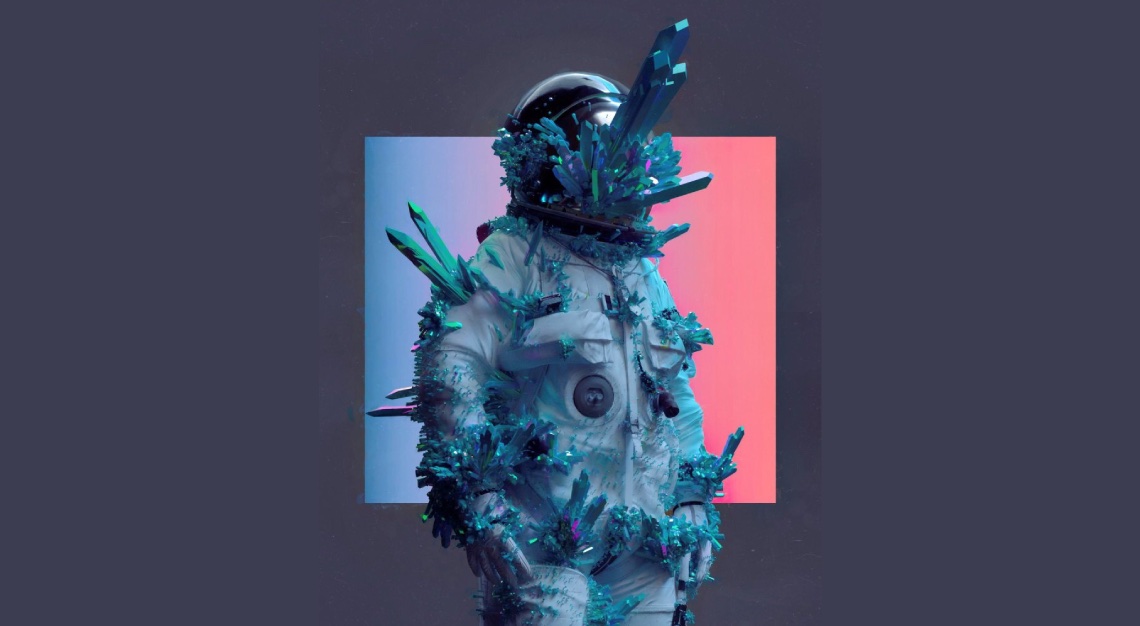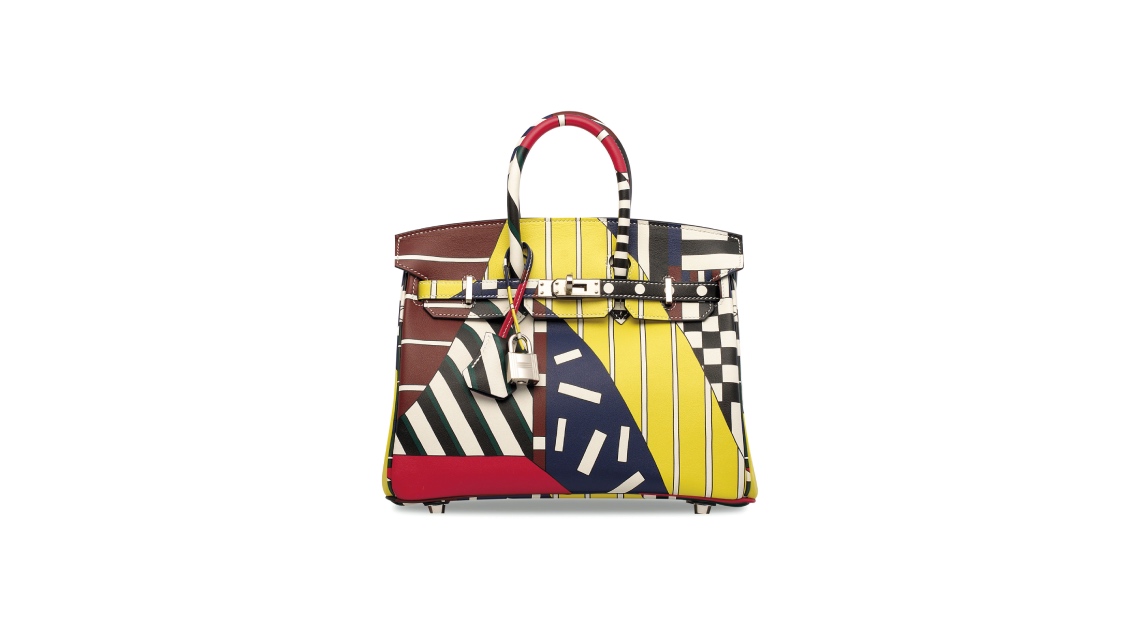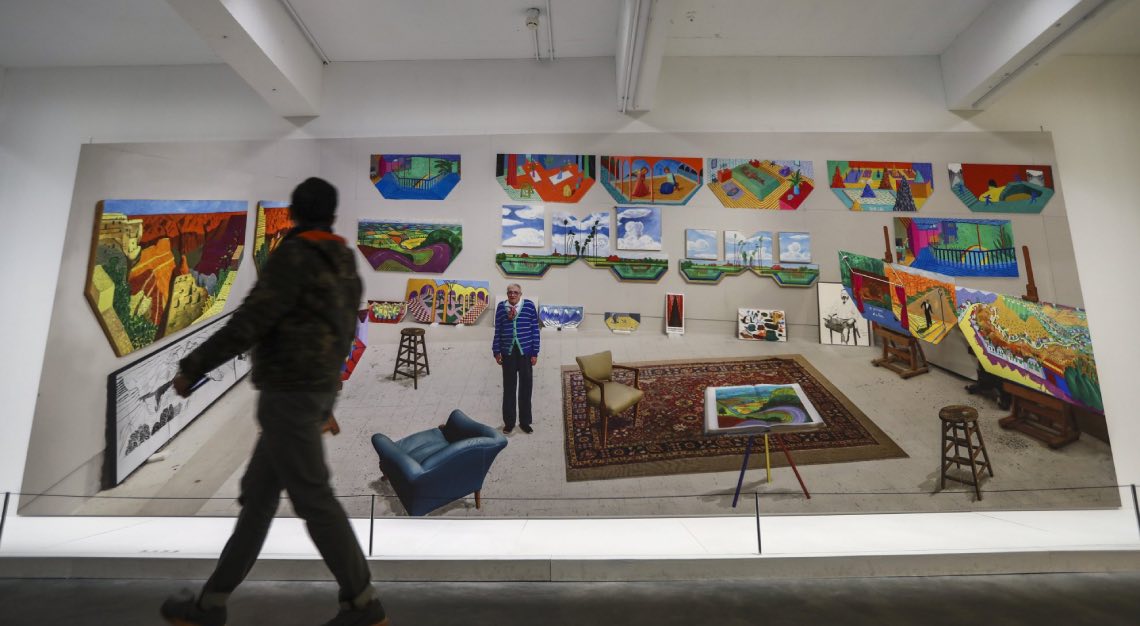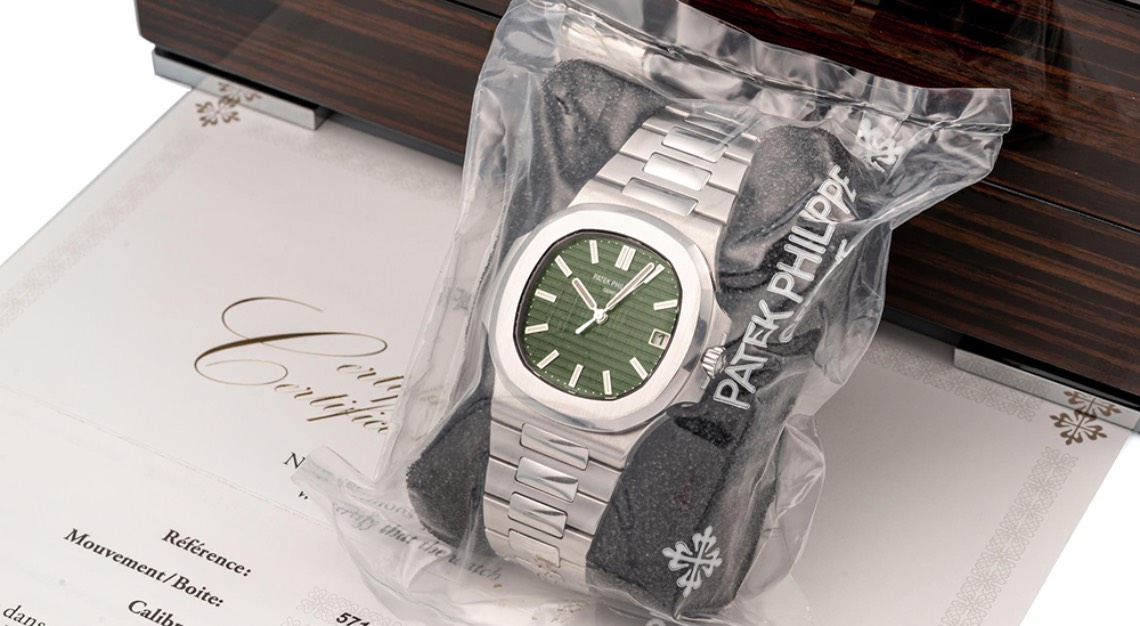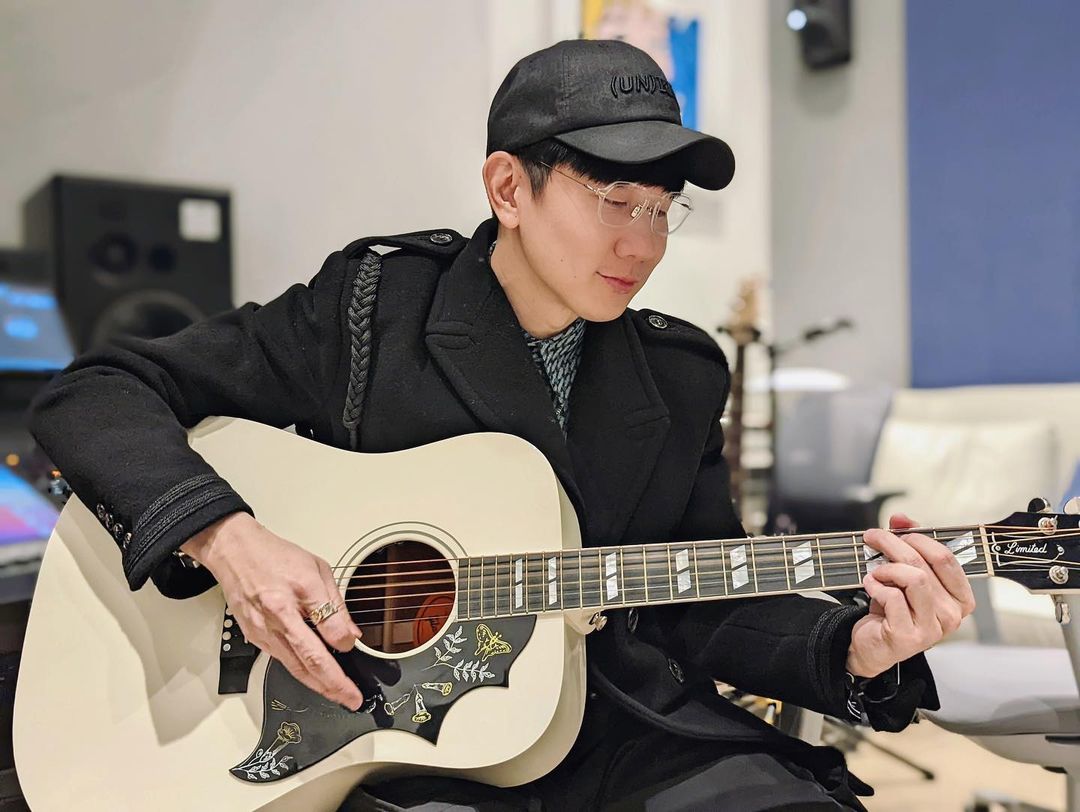Parking accusations that the whole thing was a publicity stunt riding off the sudden explosion of interest in the billion-dollar NFT art craze, many observers of the traditional art world are still puzzled over why someone would pay so much money for a digital piece of art.
Typically, we might assume that producing expensive art is a process of sacrifice by the artist, who slaves in a dark studio over many weeks or months to gift the world a unique expression of their individual genius on canvas. In many cases, it is. But there are also thousands of artists all over the world that are (more?) talented and, at best, their art sells for a three-figure sum. Most never become famous or sought after. Hence, effort and talent – manifested in the “product” – are not the main drivers of value here.

